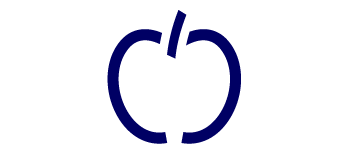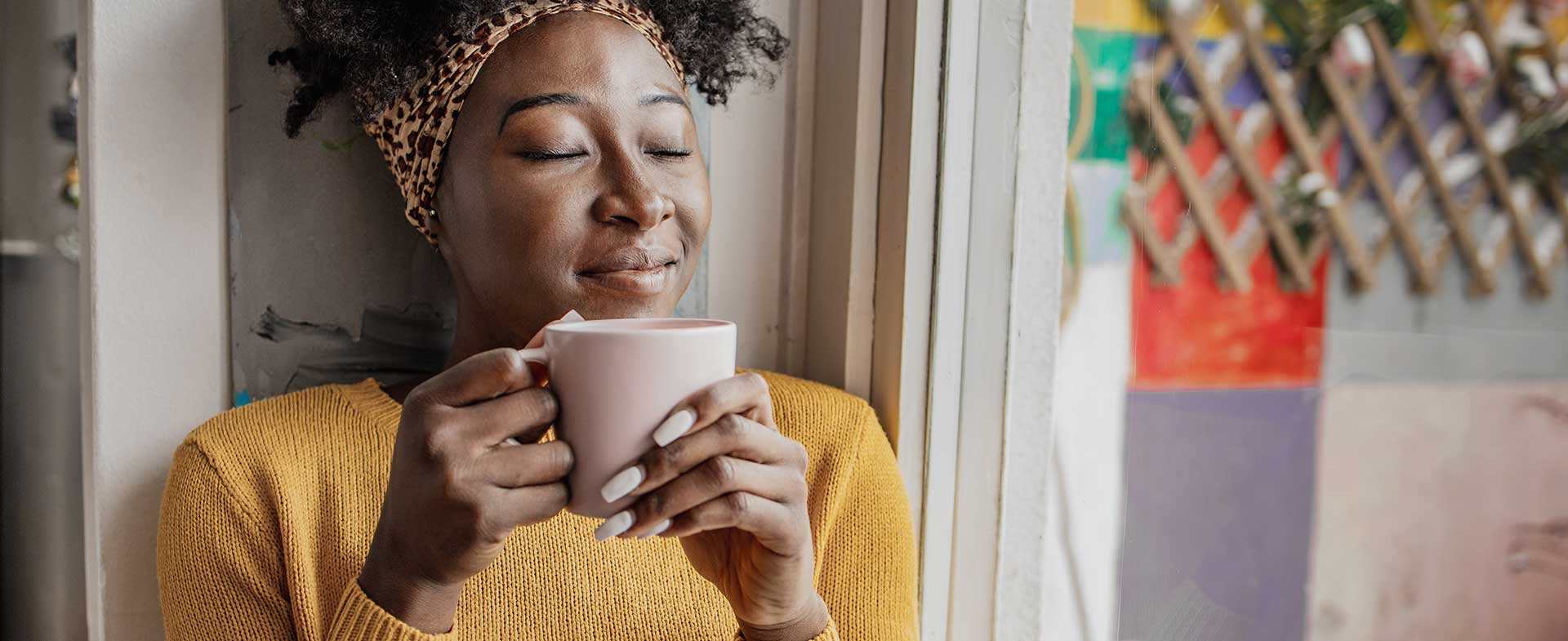A coffee habit can be a lot like a long-term relationship. It greets you every morning and helps you get through your day. Unfortunately, that relationship can also turn toxic.
Cutting back on caffeine can leave you wrestling with headaches, irritability and other unwanted side effects. But Halle Saperstein, R.D., a clinical dietitian at Henry Ford Health, advises, “Intentionally cutting back does have benefits and can be done successfully.”
Thinking of breaking up with your coffee habit? Saperstein shares tips for giving up caffeine without the headaches.
How Much Caffeine Is Too Much?
For most healthy adults, a moderate amount of caffeine isn’t unhealthy. The U.S. Food and Drug Administration recommends no more than 400 milligrams per day.
For reference, consider the typical amounts of caffeine in common beverages:
- Coffee (8 ounces): 100 to 200 milligrams
- Green or black tea (8 ounces): 30 to 50 milligrams
- Soft drink (12 ounces): 30 to 40 milligrams
Caffeine can hide in other places as well, including chocolate, snack bars and even some headache medicines. Just a few ounces of some energy drinks can contain as much caffeine as a super-sized cold brew. Read labels and add up your daily intake to get an idea of how much caffeine you’re really ingesting.
Caffeine Pros and Cons
Caffeine isn’t all bad. In fact, a daily cup can offer some benefits, such as:
- Boost motivation and learning
- Decrease fatigue
- Increase focus
- Improve mood
- Slight decrease in appetite and slight increase in metabolism, which can help with weight management
But you can have too much of a good thing. Drinking more than the recommended amount can negatively affect your mind and body. And some people are sensitive to caffeine. They might experience side effects even if they consume less than 400 milligrams. Negative effects from caffeine can include:
- Anxiety
- Headache
- Increased blood pressure
- Jitters
- Racing heart
- Trouble sleeping
- Upset stomach
Should You Stop Drinking Coffee?

Meet With A Dietitian
With coffee shops on every corner, it’s easy to overdo it. “A lot of people get extra-large coffees, and they’re getting more caffeine than what is considered the maximum safe dose without even realizing it,” Saperstein says.
If you’re thinking about cutting back, Saperstein recommends you start by taking notes. “Search caffeine content in your favorite drinks. Track your caffeine intake in a log and take notes on how you feel after consumption,” she says.
Do you have headaches? Agitation? Stomach woes? When do you have cravings, and when do you notice symptoms?
“Writing down what you’re experiencing can help you spot patterns and give you a more realistic view of what you need to do to make changes,” she adds.
Caffeine Withdrawal
Caffeine is a stimulant that affects your body and brain. Your body can become dependent on that natural drug. When you quit, you experience withdrawal.
Caffeine withdrawal isn’t dangerous, but it’s definitely not fun. Quitting cold turkey can lead to side effects such as:
- Anxiety
- Depression
- Difficulty concentrating
- Drowsiness or fatigue
- Headaches
- Irritability
“Caffeine withdrawal varies depending on how much caffeine your body is used to, and how your body processes it,” Saperstein says. But if you quit abruptly, you can expect those effects to last anywhere from 2 to 9 days.
How to Give Up Caffeine
Luckily, you can take steps to minimize the unpleasantness of caffeine withdrawal, Saperstein says:
- Go slowly: When it comes to cutting back on caffeine, gradual is the way to go. Saperstein recommends cutting back slowly over a 4- to 6-week period. Say you drink 4 cups a day. Cut back to 3 for a while before gradually moving down to 2. Or start by swapping one of your daily cups for half regular, half decaf. “It takes time to make healthy changes, and you need to be patient,” she says.
- Hydrate: To minimize headaches, make sure you stay well-hydrated when cutting out caffeine. “Lots of people cut out coffee but don’t replace it with non-caffeinated drinks,” Saperstein says. “Increase the amount of water you drink while you’re trying to cut back.”
- Find a new go-to: Giving up caffeine doesn’t mean giving up simple pleasures. Try swapping your usual drink for herbal tea, sparkling water or a cup of decaf. (Remember, though, decaf still contains small amounts of caffeine.) “I used to meet friends for coffee after work, but noticed my sleep pattern would get disrupted. I still meet up at the local coffee shop, but switched to decaffeinated drinks and I feel so much better. My go-to is a decaffeinated herbal iced tea,” Saperstein says. Once you get used to the new habit, you’ll forget that caffeinated afternoon latte was ever part of the plan.
- Seek a new boost: To avoid feeling sluggish and moody, replace your afternoon coffee break with a healthy activity, like a brisk walk—outside, if possible. The physical activity and fresh air will improve your mood and boost your energy.
- Focus on the positives: If you miss coffee, remind yourself that you’re cutting back for a reason. In addition to benefits like better sleep and less agitation, giving up coffee has some pros you might not expect. “There are benefits like whiter teeth, fewer trips to the bathroom, and even decreases in blood pressure,” Saperstein says.
Whether you choose to cut out coffee completely or just dial down the habit, you’ll get there with time and patience.
Reviewed by Halle Saperstein, R.D., a clinical dietitian who sees patients at Henry Ford West Bloomfield Hospital.



